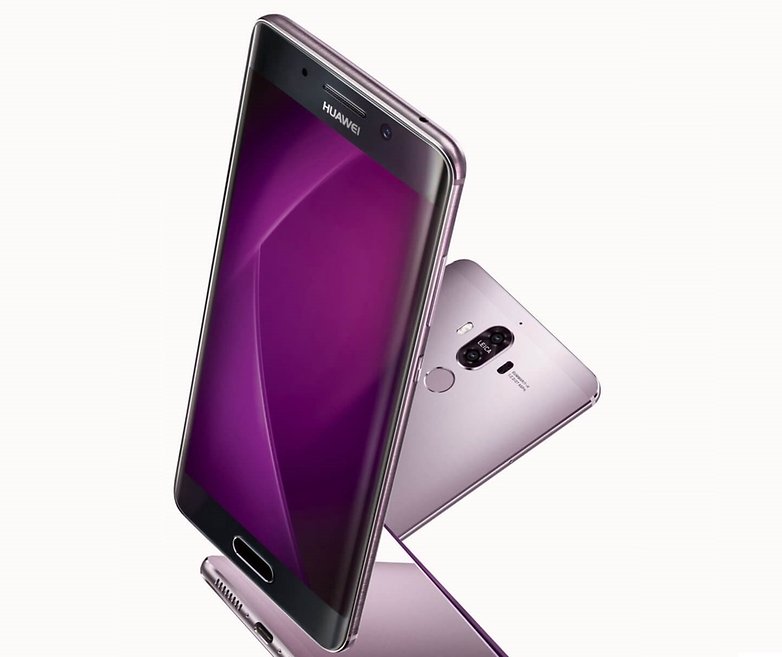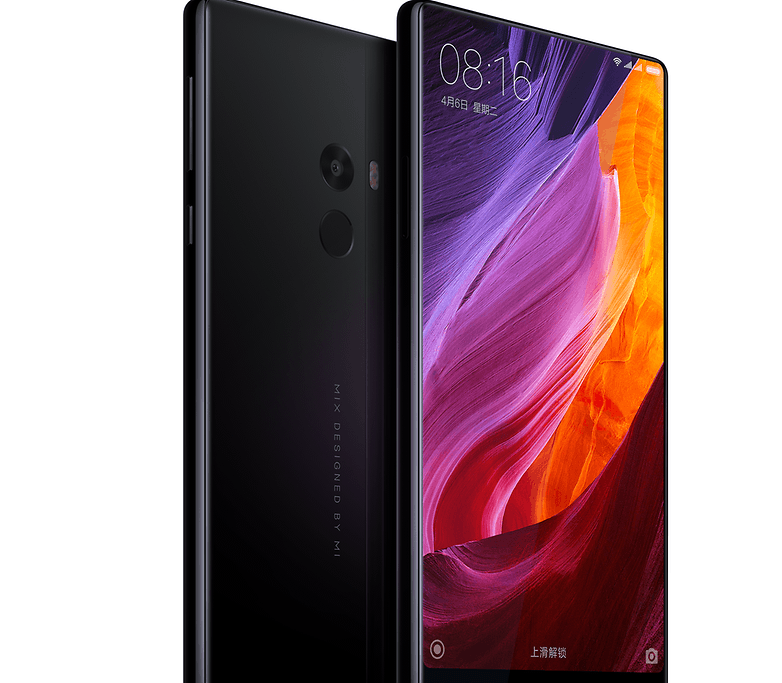
Samsung's performance in recent years has outstripped much of its competition and put increasing pressure on Apple to stay at the top of its game if it wants to stay at the top of the sales charts. And there's a reason that Samsung's flagships have become increasingly popular - they're really good phones that bring extra value.
Cast your mind back to the Galaxy S5 and you'll remember it was one of the first mainstream phones to offer waterproofing (OK, other phones had it first but almost none came to the US or Europe), which made it a little more odd when Samsung didn't include that option on the S6. But it did introduce its first 'Edge' model with a neat, curved screen arrangement, so a lack of waterproofing could be forgiven.
This year, before the Note debacle, it launched the S7 and S7 Edge, which combined waterproofing with that curved screen design, except this time it was even better than before because the rear panel also has a slight curve, making it much more comfortable to hold (and less prone to being dropped).
It might feel like a bit of a novelty, but in a smartphone market where 99 percent of devices are anonymous-looking black slabs of glass, the S6 Edge and S7 Edge really managed to stand out. Walk into a phone shop and look at the models on display, and you can immediately see the alluring curves of the Edge stand out.
Now, Samsung's going to have to work extra hard to find another advantage over the competition, because it's just lost that edge (pardon the pun).
Leaked images of Huawei's upcoming Mate 9 flagship show a design that certainly looks a lot like the S7 Edge and that should be a concern for Samsung. So should Xiaomi's huge - and stunning - display on its Mi Mix.

Huawei's Mate 9 (and Mate 9 Pro) handsets haven't officially launched as yet, but if Huawei can improve on its last Leica P9 model and improve the EMUI interface, Samsung's going to have a battle on its hands. It's a similar story for the Mi Mix - it doesn't have entirely curved edges on its display but it does pack a huge 6.4-inch display into a chassis with almost no bezel. It's like the 'infinity pool' of the phone world, and that should worry Samsung. The real worry for Samsung about the Mi Mix? The top spec (6 GB RAM and 256 GB storage) model will cost less than $600.
The Note 7 was one of the best smartphones I've ever used and would have provided Apple with a real problem, if it hadn't been dangerously defective. Instead, it's tarnished the brand and Samsung's handling of the problem has compounded the lack of trust in consumers.
The only real upside for Samsung is that Apple and Google aren't capitalizing on the problem effectively because they don't have enough phones in stock to fulfill demand and Xiaomi says it has no plans to launch the Mix outside of China, which is a real shame.
Apple's iPhone 7 Plus is currently showing a wait time of up to 8 weeks, depending on the color you choose. Google's Pixel phone is also out of stock in both 5-inch and 5.5-inch varieties if you want the 128 GB model. Neither company had anticipated the increased demand that would be caused by the Note 7 recall.
Differentiation in hardware is harder than ever, and convincing buyers that you need to spend $700 on the latest features when a mid-range $300 handset offers 90 percent of the same experience is a hard sell at the best of times. Samsung led the way with curved edges, waterproofing and software features that really set its flagship handsets apart, but now it'll need to now find another way to stand out in an increasingly crowded market, as well as rebuild the trust that's been lost since the launch of the Note 7.
No comments:
Post a Comment